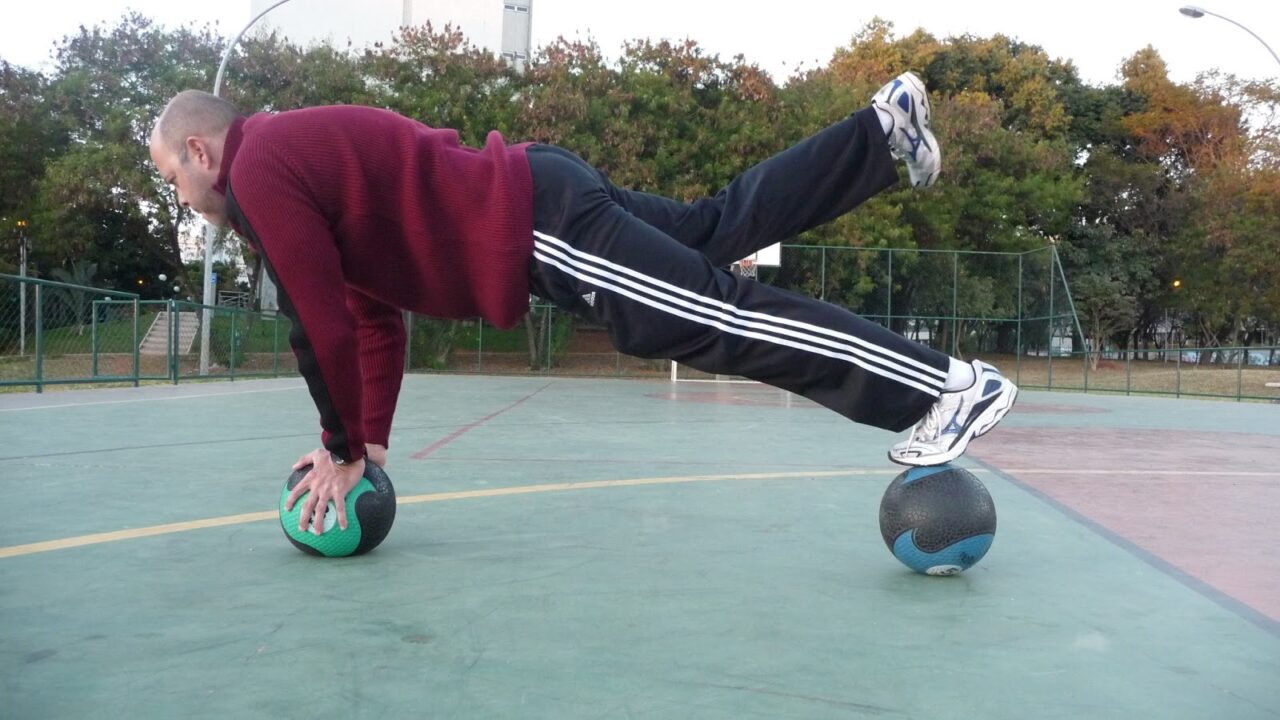 People don’t usually think about balance until they fall, but little signs such as relying on handrails to go up and down stairs can be early warnings that stability is starting to go, says Jason Jackson, a physical therapist at Mount Sinai Hospital in New York. These changes won’t show up on the formal assessments that doctors use for people with balance disorders, such as the Berg and Tinetti scales. For most people, good ways to gauge include the need to lean on armrests when getting out of a chair or feeling wobbly while standing with feet very close together.
People don’t usually think about balance until they fall, but little signs such as relying on handrails to go up and down stairs can be early warnings that stability is starting to go, says Jason Jackson, a physical therapist at Mount Sinai Hospital in New York. These changes won’t show up on the formal assessments that doctors use for people with balance disorders, such as the Berg and Tinetti scales. For most people, good ways to gauge include the need to lean on armrests when getting out of a chair or feeling wobbly while standing with feet very close together.
An important age range for improving balance is the 30s and 40s. While most people don’t develop serious balance problems until well into their 50s, experts recommend that otherwise healthy people keep active and do simple exercises to challenge the body and keep steady into old age.
Balance is controlled by the brain’s cerebellum, a region of the brain that is responsible for movement and coordination. According to McGill University physiology professor Kathleen Cullen, the cerebellum coordinates information from three systems: the visual, the vestibular (or inner ear) and the proprioceptive (or sense of body position). In addition, it works with the spinal cord to adjust for unexpected information—for instance, a slippery surface—and maintain balance.
Read the full story in The Wall Street Journal.
February 24, 2014
